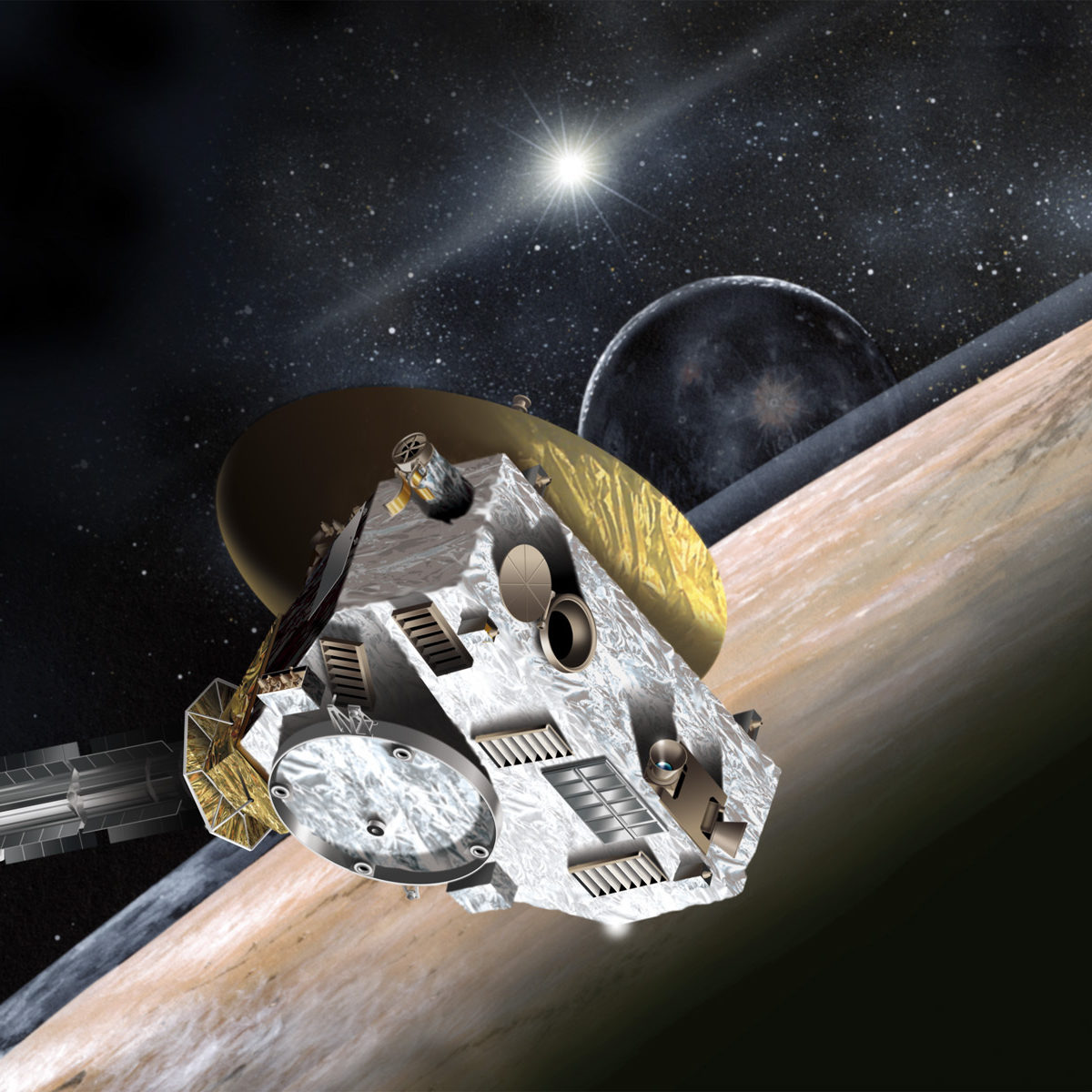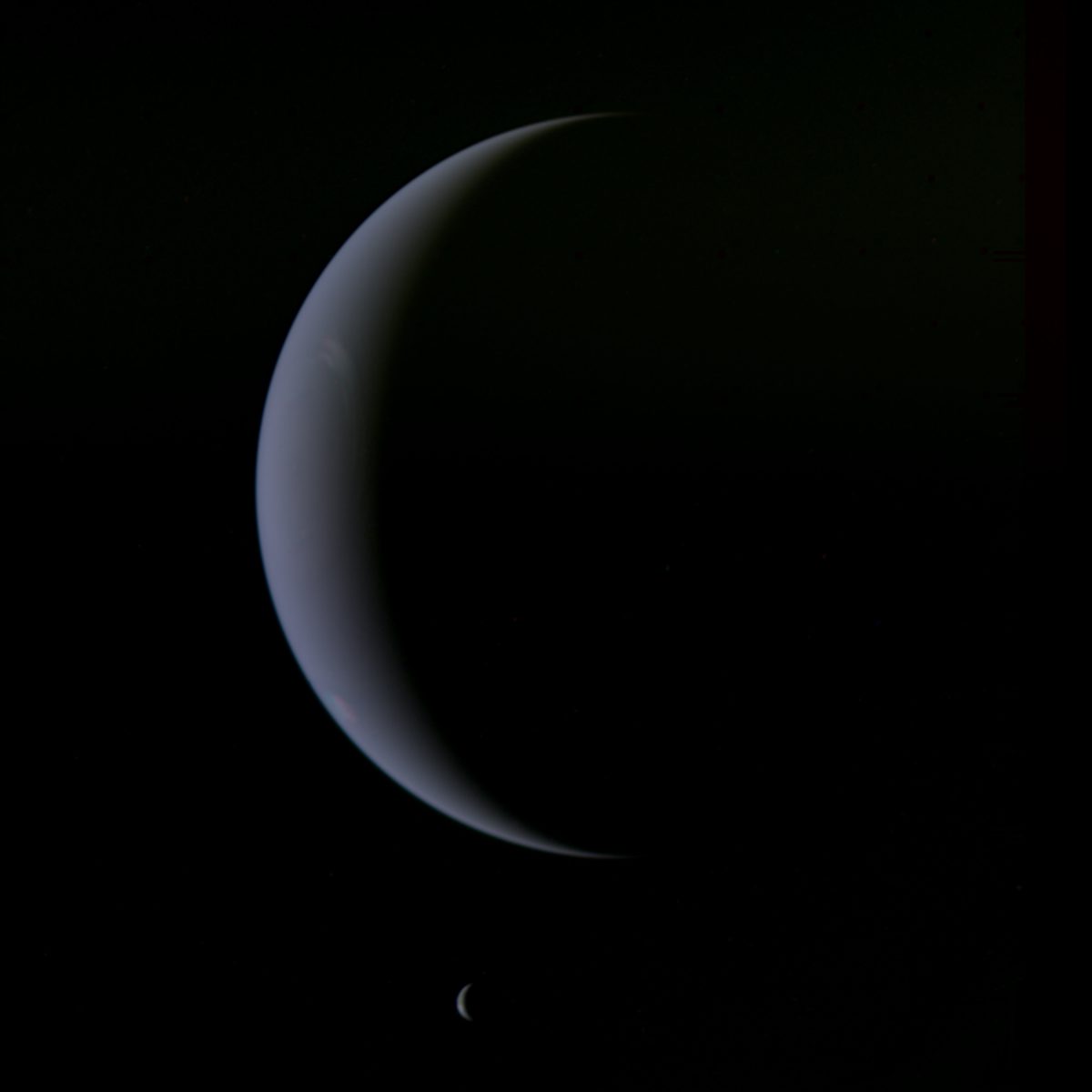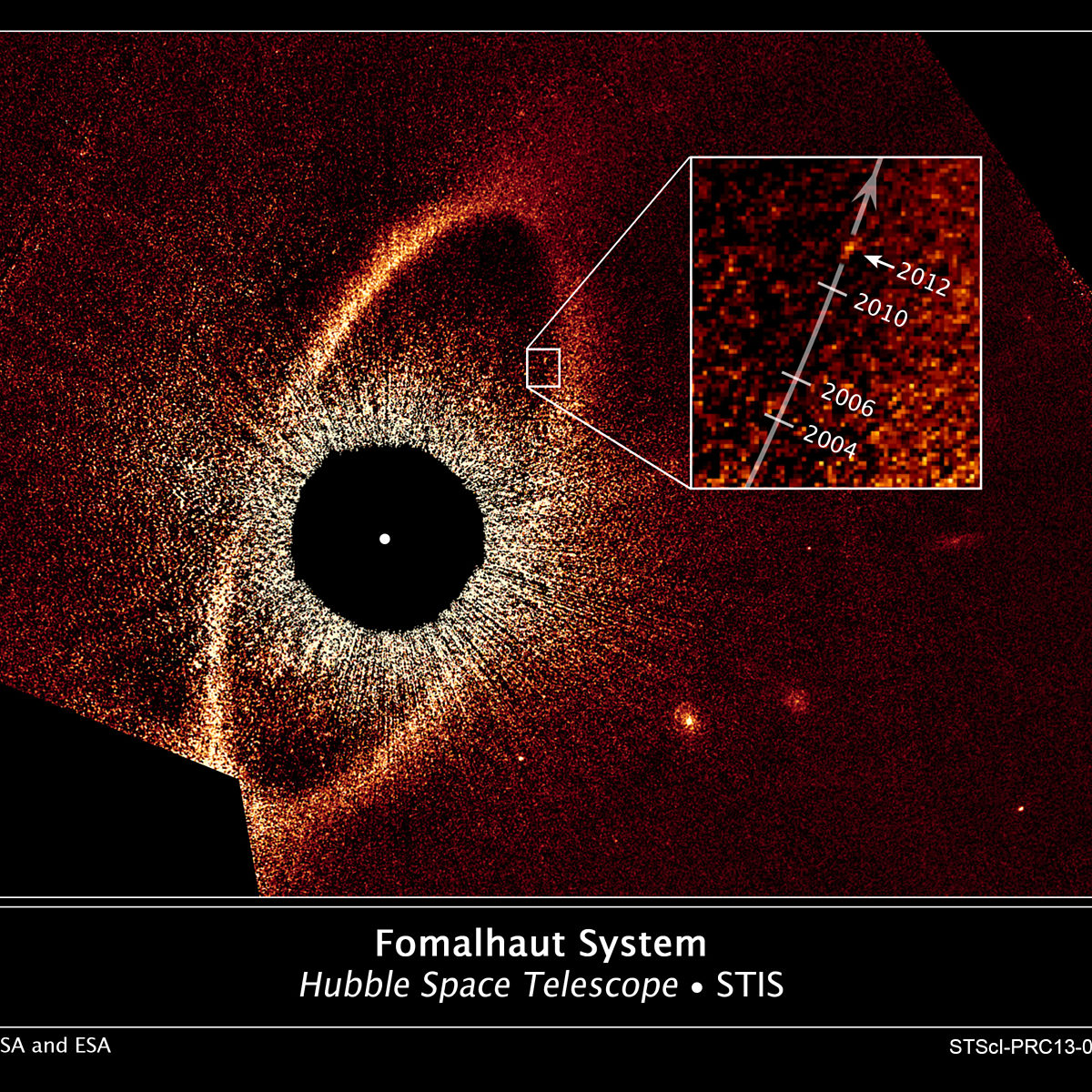All
All
Stories, updates, insights, and original analysis from The Planetary Society.
Hubble to the rescue! The last-ditch effort to discover a Kuiper belt target for New Horizons
Will New Horizons have a mission after Pluto? Ground-based searches have failed to turn up anything that New Horizons can reach. Now Hubble is joining the search, but time is running out: a discovery must be made within the next two months.
Comet Siding Spring Mars encounter: Cosmic bully spotted by ESA and NASA
Hubble has taken some great new images of our 'friend,' Comet Siding Spring, due to pass by Mars at less than 136,000 km on October 19 – less than half the distance between Earth and our moon.
Predicting Pluto's moons and moondust
Why didn't we discover Pluto's moons until more than a decade after Hubble launched? Mark Showalter helps me answer this question.
Super-close supernova in M82
The astronomy world is all a-twitter this morning over the discovery of a new supernova in M82, a galaxy that's in our astronomical backyard,
Snow balls in space
I don’t get much snow in southern California, but I do spend a lot of my time thinking about college snowball experiences and about the snowball fights that have made the objects of the outer solar system.
Destination: Europa!
It's time to reassess Europa exploration, past, present and future. The Destination Europa! session at AGU, inspired by the eponymous website and movement, didn't take exactly that message as its theme, but it's what I got from the presentations. What an ELECTRIFYING meeting this has been for Europa exploration!
The Plumes of Europa
2013 has been a rather exciting year for Europa scientists. Today's exciting news: the Hubble Space Telescope discovery of water vapor plumes from the south pole of this icy moon.
Neptune: The new amateur boundary?
Can features on Neptune be observed by amateur astronomers? For years, the Hubble Space Telescope and some professional terrestrial observatories have been revealing incomplete belts and spots on the surface of Neptune. Now, spots have been imaged by amateurs.
Uranus Awaits
It’s been a long time since anyone paid Uranus a visit. The Uranus system is, however, fascinating, as evidenced by the wealth of topics covered by the diverse group of planetary scientists who gathered to discuss it last week at the Paris Observatory.
In his own words: Mike Massimino on how he "nearly broke" Hubble
In an enthralling article for Esquire magazine, astronaut Mike Massimino writes about nearly failing to repair the Hubble Space Telescope, and how the people of Earth came to his rescue.
Hubble captures time-lapse of comet ISON
The Hubble Space Telescope captured a series of images showing Comet C/2012 S1 (ISON) plunging toward the sun.
Lesser-known views of Uranus and Neptune
Despite the fact that Voyager 2 returned relatively few high-resolution images from either Uranus or Neptune, there are many more photos in the archives than regularly make it to public view.
Astronomy Enters a New Era
A live conversation about just a few of the powerful new instruments that will revolutionize our knowledge of the cosmos once again.
Planetary Society Weekly Hangout: The Ice Giants, with Heidi Hammel
My guest this was Planetary Society Board vice president Heidi Hammel. We discussed two planets near and dear to our hearts, Neptune and Uranus. What's new on these icy worlds since Voyager 2 passed by, and what are the prospects for their future exploration?
When will New Horizons have better views of Pluto than Hubble does?
Last week, I posted an explainer on why Hubble's images of galaxies show so much more detail than its images of Pluto. Then I set you all a homework problem: when will New Horizons be able to see Pluto better than Hubble does? Here's the answer.
Why can Hubble get detailed views of distant galaxies but not of Pluto?
How come Hubble's pictures of galaxies billions of light years away are so beautifully detailed, yet the pictures of Pluto, which is so much closer, are just little blobs? I get asked this question, or variations of it, a lot. Here's an explainer.
Report from AAS: Exoplanets (and exo-asteroids, and exo-comets) everywhere
This year's American Astronomical Society meeting featured tons and tons of news on exoplanets. They're everywhere! And not just planets, but also asteroids, comets, and more....
Crowdsourcing the Andromeda Galaxy
Scientists would like your help starting at high-resolution images of the Andromeda Galaxy captured by the Hubble Space Telescope.
Exploring the XDF: The Hubble eXtreme Deep Field
The newly-released eXtreme Deep Field takes us even further back into the history of our universe than the Ultra Deep Field or UDF.
New spots on Uranus
New Hubble photos show that Uranus has both dark and bright spots!


 Explore Worlds
Explore Worlds Find Life
Find Life Defend Earth
Defend Earth


 Sun
Sun Mercury
Mercury Venus
Venus Earth
Earth Mars
Mars Jupiter
Jupiter Saturn
Saturn Uranus
Uranus Neptune
Neptune Small Bodies
Small Bodies















